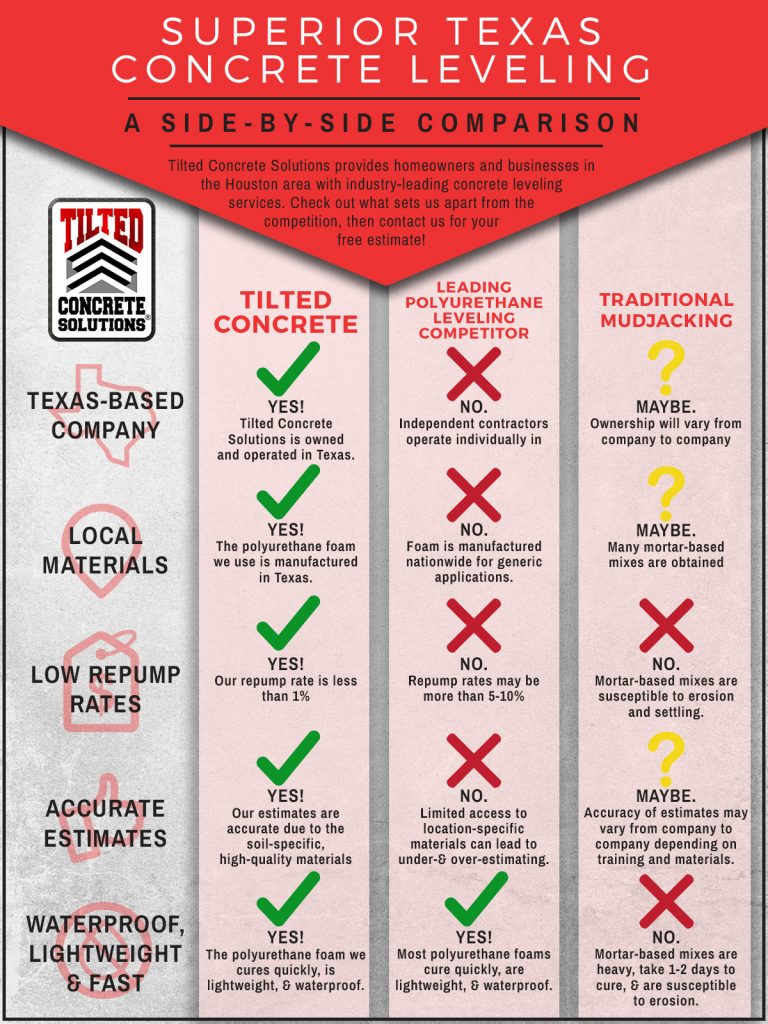Usual Challenges To Stay Away From When Painting Your Indoor Rooms
Usual Challenges To Stay Away From When Painting Your Indoor Rooms
Blog Article
Short Article Author-Delaney McNally
Making sure an effective interior paint task surpasses simply getting a brush. The leading blunders to prevent can make or damage the result. From the preliminary choice of paint color setting the tone to surface area prep work laying the structure, each step plays an essential role. Hurrying via the process may seem alluring, but the consequences can affect the long life and general quality of the surface. Stay tuned to discover just how these usual mistakes can be conveniently sidestepped to accomplish a perfect interior paint job.
Choosing the Incorrect Paint Color
Selecting the suitable paint color is a critical choice when repainting your insides, as it establishes the tone and environment of the space. One common error to stay clear of is selecting the incorrect paint shade. The color you pick can significantly influence the general feel and look of a room.
For instance, choosing dark colors in a little room can make it feel confined and dismal, while picking overly intense colors may lead to a space that really feels overwhelming and disruptive.
To prevent this mistake, take into consideration factors such as the area's natural light, the feature of the area, and the state of mind you wish to develop. local house painters 's also essential to examine paint samples on the walls before committing to a shade to see exactly how it looks in various illumination problems throughout the day.
Seeking advice from expert painters or indoor designers can also aid you make a notified choice and make sure that the picked paint color boosts the visual appeals of your space.
Neglecting Correct Surface Prep Work
When repainting your insides, overlooking proper surface area preparation can lead to unsuitable results and decrease the durability of the paint work. Among the most critical action in achieving a professional-looking surface is making certain that the surfaces to be painted are tidy, smooth, and effectively topped.
Disregarding to clean the wall surfaces thoroughly before paint can cause bond concerns, where the paint falls short to appropriately stick to the surface. Dust, dirt, and oil can avoid the paint from adhering evenly, bring about peeling or flaking gradually.
Additionally, failing to address blemishes such as cracks, openings, or uneven structures can cause the problems to reveal through the paint, diminishing the overall appearance of the space.
Appropriately keying the surfaces before painting is also vital, as it helps the paint stick much better, advertises also protection, and can protect against stains or discoloration from hemorrhaging through.
Taking the time to prepare the surface areas sufficiently will ultimately make sure a specialist and lasting paint work.
Rushing Via the Paint Refine
Quickly proceeding through the painting process can compromise the quality and durability of the final result. Hurrying can result in please click the next webpage , such as uneven insurance coverage, visible brush strokes, repaint drips, and missed spots. Each of these problems diminishes the total visual charm of the room and can be lengthy to fix.
When painting, it's crucial to enable sufficient time for each layer to completely dry prior to applying the next one. commercial painting company to do so can lead to the paint not sticking effectively, resulting in peeling off or flaking gradually. Furthermore, rushing with the paint process may trigger you to disregard proper preparation, such as cleansing the walls or making use of primer, which can influence the long life of the paint task.
To prevent these pitfalls, it's recommended to adhere to a methodical strategy, including detailed surface area prep work, using top notch devices and products, and allowing enough time for each coat to dry.
Conclusion
To conclude, staying clear of usual errors when painting your interiors is essential for attaining a professional coating. By selecting the appropriate paint shade, properly preparing surfaces, and enabling adequate drying time, you can make sure an effective painting job.
Taking the time to avoid these errors will ultimately lead to a more visually attractive and lasting outcome for your home.
